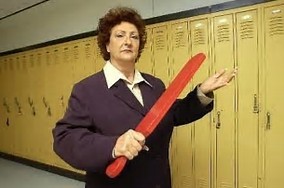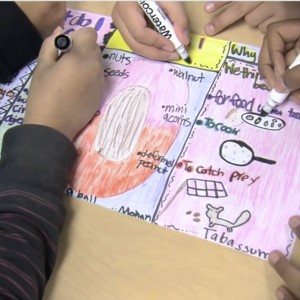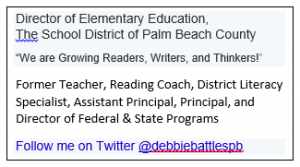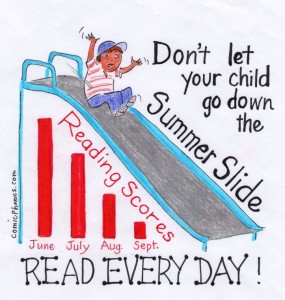Should Principals /Administrators be allowed to paddle students? Perhaps parents remember going to the principal’s office and being paddled. Gagnon, Kennedy-Lewis, & Gurel (2014) explained the choice whether to use corporal punishment is determined by either district-level administrators or the principal, even if districts grant this authority (pg. 1). This form of discipline is called ‘corporal punishment.’ Discipline ascribes to experience and instruction to strengthen one’s moral compass and mental capacity. Additionally, discipline references to the control achieved by involving obedience which connects to consistent and orderly behavior represented by rules and codes established in the United States Constitution.
It provides guidelines that encompass Federal, State, and local guidelines within public and private schools. As evidence, federal databases collect information from the Office of Civil Rights whose acronym is OCR, which is part of the United States Department of Education. A census of all public schools, as well as Charters, view the number of students reported who received corporal punishment as a form of discipline. In the landmark case Ingraham v. Wright 430 U.S. 651, USA Education Law (n.d.) explained, in 1977, Dade County, “students in Florida challenged the constitutionality of corporal punishment at their school under the Cruel and Unusual Punishment Clause be self-imposed” (para. 2).
The Florida Supreme Court ruled that spanking did not violate students’ rights and remained legal after that more than two decades (para. 1). Since this landmark case, corporal punishment has neither favored parents or students. There are specific strategies for student discipline. For instance, restorative justice that engages the student rather than an abstract punishment for misbehavior. First, the student performs something that makes it up to their presumable victims. Further, causing noise in class and making it increasingly difficult for their classmates to learn. The student may write an apology, or perhaps read to little children to drive home the consequences of the acts committed.
Unquestionably, there are ways to practice student discipline within public and private schools, however, to avoid future liability claims, schools and school districts should reason a more comprehensive plan of student discipline by continuous training. By doing this, better safeguards against potential lawsuits and claims in the future may create change agents for future success.
References:
Gagnon, J.C., Kennedy-Lewis, B.L., & Gurel, S. (2014). Corporal Punishment in Florida
Schools: Trends in Reactive, Punitive, and Ineffective Approaches to Youth
Behavior. Retrieved from www.scribd.com/document.
(Image in blog post)- http://menamgov.blogspot.com.es/2012/09/they-are-still-paddling-in-texas.html







